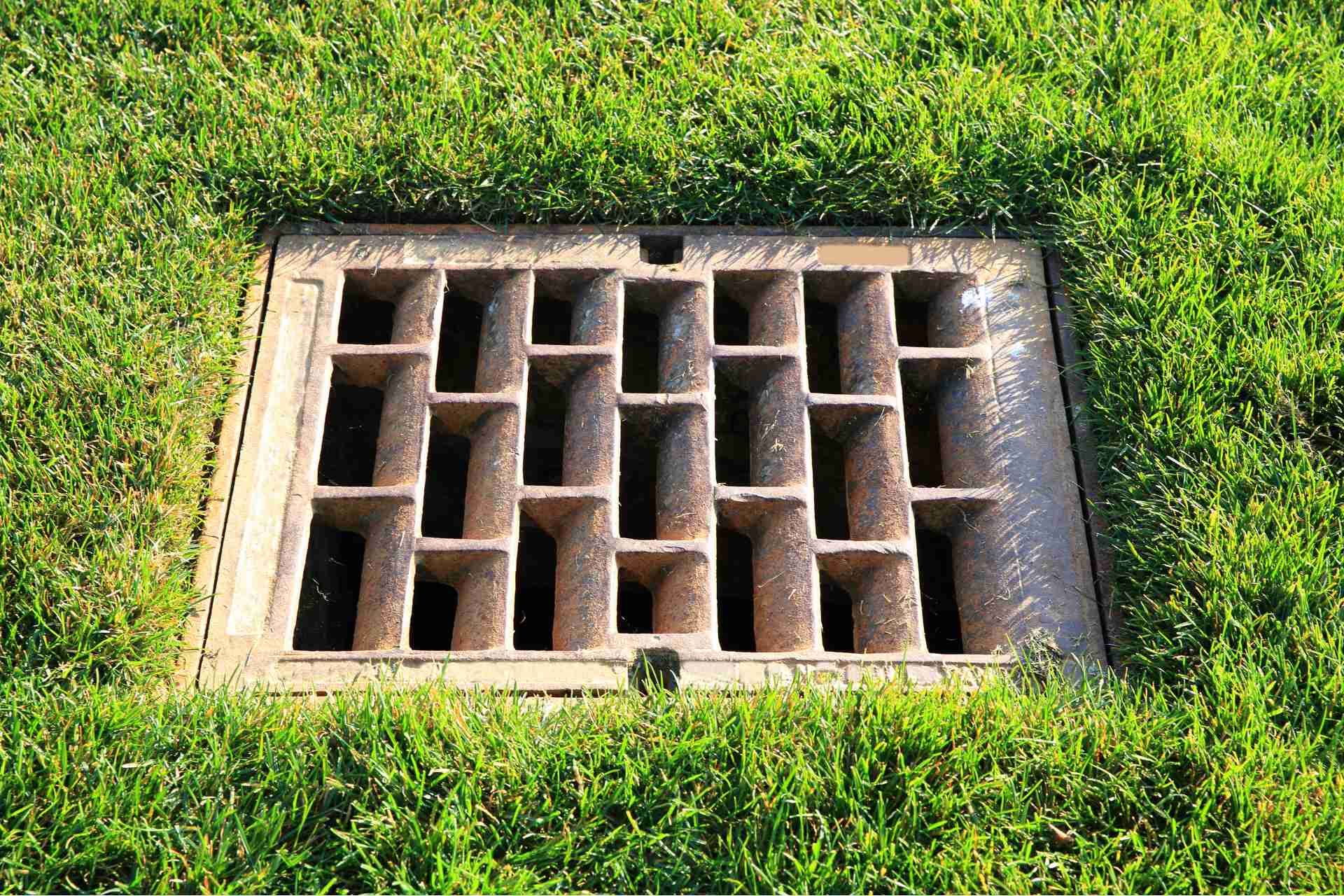How to Identify and Treat Common Lawn Pests
When you notice discolored patches or wilting grass in your lawn, it's time to investigate further. Identifying common pests can prevent further damage and restore your lawn's health. From grubs to chinch bugs, recognizing the signs early on is key. But what should you do once you've pinpointed the issue? The solutions range from natural remedies to chemical treatments, each with its own pros and cons. Let's explore these options and find the best fit for your lawn care needs.
Understanding Lawn Pests: An Overview
Understanding lawn pests is crucial for maintaining a healthy yard, especially since they can quickly damage your grass and plants if left unchecked.
When you notice yellow patches or wilting leaves, it's essential to act fast. Pests thrive in various environments, and their presence can lead to more severe issues if not identified early.
Regularly inspecting your lawn helps you spot signs of infestation, such as droppings or chewed leaves. Familiarizing yourself with the life cycles and behaviors of these pests will give you an advantage in managing them.
By staying vigilant and informed, you can protect your yard and ensure it remains vibrant and flourishing.
Prevention and early detection are your best strategies against lawn pests.
Common Types of Lawn Pests
Lawn pests come in various shapes and sizes, each posing unique challenges to your yard's health. Common culprits include grubs, which feed on grass roots, leading to brown patches.
You might also encounter chinch bugs, notorious for sucking moisture from grass blades, causing yellowing. Another frequent pest is the armyworm, which can quickly strip your lawn of its lush appearance.
Additionally, sod webworms, with their web-like nests, can damage your turf if left untreated. Don't forget about ants, as they can disrupt soil structure and promote disease.
Lastly, aphids may target your plants, weakening them over time. Knowing these pests will help you stay vigilant and protect your lawn effectively.
Signs of Pest Infestation
Recognizing the signs of pest infestation is vital for maintaining a healthy lawn. Look for patches of grass that appear discolored or wilted, as this often indicates a problem.
You might notice increased insect activity, like ants or beetles, especially when you disturb the soil. If you see small holes in the leaves or chewed edges, pests could be at work.
Additionally, watch for unusual droppings or debris, which can signal a larger infestation. If you find bare spots or excessive browning, it's time to investigate further.
Identifying Grubs and Their Damage
Grubs, the larvae of beetles, can wreak havoc on your lawn if left unchecked. You might notice patches of grass turning brown or thinning out, which is often a sign of grub damage.
As you inspect your lawn, look for soft areas where the turf pulls up easily, indicating grubs are eating away at the roots. If you dig a little, you may find the white, C-shaped grubs nestled in the soil. They're typically about an inch long and have a creamy-white color with a brown head.
Besides visible damage, you might also see increased activity from birds or other predators that are digging for these pests. Identifying grubs early can save your lawn from serious harm.
Recognizing Chinch Bugs and Their Impact
Chinch bugs can cause significant damage to your lawn, especially during hot, dry weather. These tiny pests, about 1/8 inch long, are black with white wings and often hide in your grass.
You might notice yellow or brown patches appearing in your lawn, which indicates their presence. To confirm an infestation, conduct a simple test: place a coffee can with both ends removed into the ground, fill it with water, and wait for a few minutes. If you see chinch bugs floating, it's time to act.
They suck the sap from grass blades, weakening your lawn and making it more susceptible to disease. Early recognition is key to preventing extensive damage, so keep an eye out for these troublesome pests.
The Trouble With Sod Webworms
Although your lawn may look healthy, it can quickly fall victim to sod webworms, which are notorious for their destructive feeding habits.
These small, caterpillar-like pests feed on grass blades, creating irregular patches of brown or dead grass. You might notice small, silken webs or tunnels in the grass, indicating their presence. To confirm an infestation, check for the larvae by pulling back the grass and inspecting the soil.
If you suspect sod webworms, act swiftly. You can treat them with insecticides specifically designed for caterpillars.
Additionally, maintaining a healthy lawn through proper watering and mowing practices can help reduce their impact. Regularly monitoring your lawn will ensure you catch these pests before they cause significant damage.
Understanding the Role of Ants in Your Lawn
While you may not think much about ants in your lawn, these industrious insects play a surprisingly complex role in your garden ecosystem.
Ants aerate the soil as they tunnel, promoting healthy root growth and enhancing water drainage. They also help control other pest populations by preying on harmful insects, acting as a natural form of pest management.
Additionally, ants can assist in seed dispersal, which helps plants establish in new areas. However, if you notice an overwhelming number of ants, it might indicate an underlying issue, like an aphid infestation, which they farm for honeydew.
Natural Remedies for Pest Control
Ants can be helpful in maintaining your lawn's ecosystem, but when pest populations grow out of control, it's time to consider natural remedies for pest control.
One effective method is introducing beneficial insects, like ladybugs or lacewings, which prey on harmful pests. You can also use diatomaceous earth, a natural powder that dehydrates insects upon contact.
Another option is to create homemade sprays using ingredients like garlic, neem oil, or soapy water, which deter pests without harming your grass. Planting pest-repelling herbs, such as mint or basil, can also help keep unwanted visitors at bay.
Regularly maintaining your lawn by keeping it clean and healthy will further minimize pest issues and promote a thriving ecosystem.
Chemical Treatments for Lawn Pests
When managing lawn pests becomes overwhelming, chemical treatments can offer a more immediate solution.
You'll find various options available, from insecticides to fungicides, designed to tackle specific pests effectively. Before applying any chemicals, read the label carefully to ensure it's suitable for your lawn type and the pests you're facing.
Timing is crucial; treating during the early stages of infestation can yield better results. Always wear protective gear, like gloves and masks, to safeguard yourself during application.
After treatment, monitor your lawn closely for any signs of improvement or further issues.
Preventative Measures for a Healthy Lawn
To maintain a healthy lawn and prevent pest problems before they start, you need to focus on proper care and maintenance.
Start by mowing regularly; keep your grass at the recommended height to promote strong roots and discourage pests.
Ensure your lawn gets adequate water, ideally early in the morning, to reduce disease risk.
Aerate your lawn to improve soil health and encourage root growth, while also enhancing drainage.
Fertilize appropriately, using organic options when possible, to boost resilience against pests.
Lastly, keep an eye out for any signs of trouble; early detection is key.
Conclusion
In conclusion, staying proactive in identifying and treating lawn pests is key to maintaining a healthy yard. Regularly inspect for signs of distress and take action when you spot issues. Whether you choose natural remedies or chemical treatments, addressing infestations promptly can save your lawn from further damage. Don't forget that consistent lawn maintenance is your best defense against pests. With a bit of care and attention, you can enjoy a lush, vibrant lawn all season long.








